
Do you want your leaf blower to work well for a long time? Begin with easy steps like cleaning it often, checking the air filter, looking at the engine, and using new fuel. These simple habits help your leaf blower work better, keep you safe, and make it last longer. You can stop expensive repairs and keep your gas leaf blower working its best:
Cleaning helps stop the engine from getting too hot or breaking.
A clean air filter lets air move well and stops engine problems.
Taking care of the fuel system helps your blower start easily.
Quick checks help you find loose parts before they break.
Leaf Blower Maintenance Basics
Taking care of your gas leaf blower is easier than you might think. Regular leaf blower maintenance keeps your machine running strong and helps you avoid problems down the road. When you check your blower often, you catch small issues before they turn into big repairs. You also make sure your leaf blower gives you the best performance every time you use it.
Regular Checks
You should look over your blower every month and at the start of each season. Here’s a simple checklist to help you stay on track:
Maintenance Task |
Frequency |
|---|---|
Clean the blower after each use |
After each use |
Check and clean air filters |
Monthly |
Inspect spark plugs |
Monthly |
Check fuel and oil |
Monthly |
Clean and adjust carburetor |
As needed |
Prepare for storage |
Seasonal |
Don’t forget to use the right tools for leaf blower maintenance. You’ll need a screwdriver, a hook for the fuel filter, and a clean cloth. Change the air filter every 10 hours of use. Replace paper filters once a year. Check the spark plug every week and swap it out after 25 hours or when fall starts. Change the engine oil every 50 hours if you have a 4-cycle blower.
Tip: If you skip regular maintenance, you might face engine trouble or pay more for repairs. Always check for loose or worn parts before each use.
Using Fresh Fuel
Fresh fuel matters more than you might think. Old fuel can hurt your blower’s engine and lower its performance. Ethanol fuels with more than 10% can damage small engines. Your blower has rubber gaskets and aluminum parts that don’t like high ethanol. If you use fresh fuel, you help your gas leaf blower last longer and run smoother.
Always drain and replace fuel monthly.
Mix 2-stroke oil at a 50:1 ratio if needed.
Avoid fuel with high ethanol content.
Leaf blower maintenance is simple when you follow these steps. You’ll keep your blower working well for years.
Gas Leaf Blower Cleaning
Keeping your gas leaf blower in top shape starts with regular cleaning. Dust, dirt, and even humidity can wear out your machine faster. When you clean your blower, you help it last longer and work better. Let’s break down how to clean the air filter, spark plug, and fuel filter.
Air Filter
The air filter keeps dirt and debris out of your engine. If you use your leaf blower in dusty places, you need to clean the air filter more often. Here’s how you can clean the air filter:
Remove the air filter cover.
Take out any sponges or felt pieces from the air filter.
Soak them in warm, soapy water for a few minutes.
Rinse with clean water and let them dry completely.
Squeeze a few drops of oil into the filter or sponge before putting it back.
If you have a paper air filter, tap it gently against a hard surface to loosen dirt. Replace it once a year or if it looks dirty.
Tip: Always clean the air filter every month or after heavy use. Clean the air filter more often if you see a lot of dust.
Spark Plug
A clean spark plug helps your blower start easily. Check the spark plug every week. Wipe off any dirt with a dry cloth. Replace it every 25 hours of use or at the start of fall.
Fuel Filter
The fuel filter keeps dirt out of your engine’s fuel. Replace the fuel filter once a year. If you notice your blower running rough, check the fuel filter for clogs.
Component |
Frequency of Maintenance |
|---|---|
Air Filter |
Clean monthly or after heavy use |
Spark Plug |
Check weekly; replace every 25 hours or at the start of fall |
Fuel Filter |
Replace once per year |
Cleaning these parts helps your gas leaf blower run smoothly. Clean your blower often, and you’ll avoid problems caused by dust and humidity.
Oil Change & Fuel System
Oil Change
You want your gas leaf blower to last, so you need to check and change the oil often. Fresh oil keeps the engine running smooth and helps you avoid big problems. Start by checking the oil before each season and after every 25 hours of use. If the oil looks dark or dirty, it’s time to change the oil. Use the type of oil your manual recommends.
To change the oil, let the engine cool down. Place the blower on a flat surface. Remove the oil cap and tilt the blower to drain the old oil into a safe container. Add new oil up to the fill line. Wipe away any spills. If you skip regular oil changes, you might notice poor performance, more smoke, or even engine failure. You could face breakdowns and safety risks, too.
Tip: Always keep extra oil on hand so you can top off when needed.
Fuel Lines & Tank
The fuel system needs attention, too. Check the fuel lines every month. Here’s a quick way to inspect them:
Move your leaf blower to a spot with fresh air.
Look closely at the fuel lines for cracks or leaks.
If you see any damage, replace the lines right away.
A clean fuel tank helps your engine run better. Empty the tank and wipe it out with a clean cloth. Old fuel can clog the fuel system and make starting hard. Always drain old fuel before you store your blower for the season. This step keeps the fuel system clean and protects the engine.
Note: Regular maintenance of the oil and fuel system keeps your leaf blower working its best for years.
Cooling Fins & Air Vents
Cleaning
You want your leaf blower to stay cool and run well. Cleaning the cooling fins and air vents helps your engine work better and keeps you safe. Dirt and grass can block the air vents. If you let debris build up, your engine can get too hot. You should check all air vents, both intake and exhaust, for clippings or dirt. Look at the cooling fins for damage or bending. If you see bent fins, straighten them gently.
Here’s a simple way to keep these parts clean:
Brush the cooling fins and air intake screen free of dust once a week.
Wipe away any dirt or debris from the vents.
Clean the cooling fan so air can move around the engine.
Tip: Regular cleaning helps your engine stay cool and keeps you safe while using your leaf blower.
Preventing Overheating
If you want good performance and safety, you need to stop your engine from overheating. When cooling fins and air vents get blocked, heat builds up fast. You should clean the cooling system with a brush every week, or more often if you use your blower a lot. Make sure the air intake on the starter, the cooling fins on the cylinder, and the cylinder cover are not dirty or blocked.
A clean cooling system lets air flow and keeps the engine at a safe temperature.
You lower the risk of engine damage and keep yourself safe.
Good maintenance means your leaf blower works better and lasts longer.
Note: Never skip cleaning the cooling fins and air vents. You protect your engine and your safety every time you do this.
Tightening & Replacing Parts
Fasteners
Loose screws and bolts can cause big problems for your leaf blower. You want to keep everything tight so your machine works well and stays safe. Grab a screwdriver or wrench and check all the fasteners before you use your blower. Look at the handles, covers, and engine mounts. If you find any loose screws, tighten them right away. This simple step helps you avoid rattling parts and keeps your blower steady during use.
Tip: Always check for missing or damaged fasteners. Replace them if you see rust or wear. This keeps your blower safe and strong.
You should also inspect for damage on the frame and handles. If you spot cracks or broken parts, fix them before you start the engine. Taking these safety measures during maintenance protects you and your equipment.


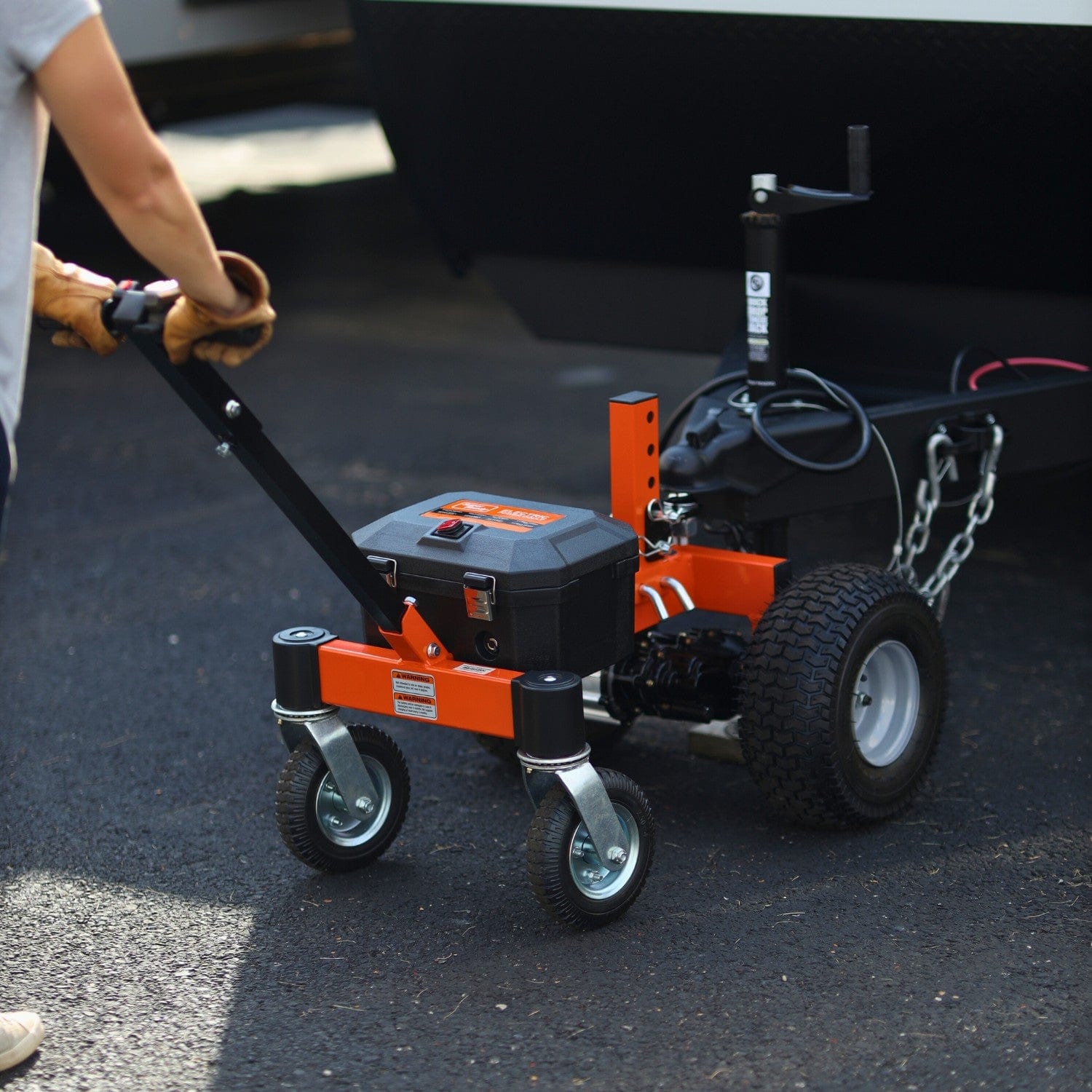
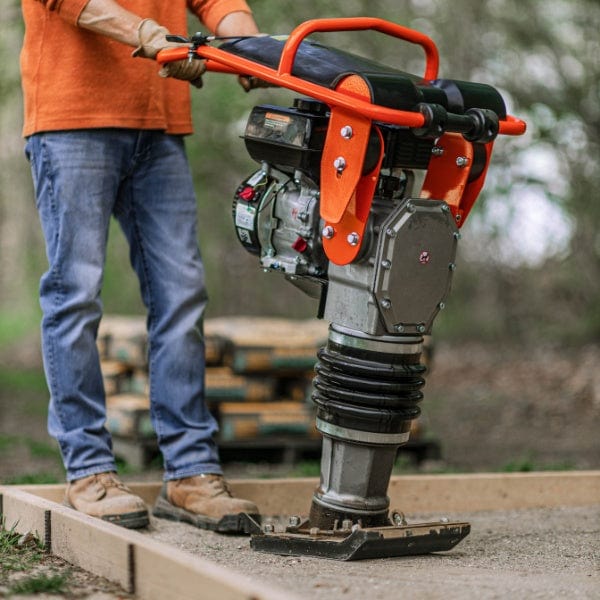
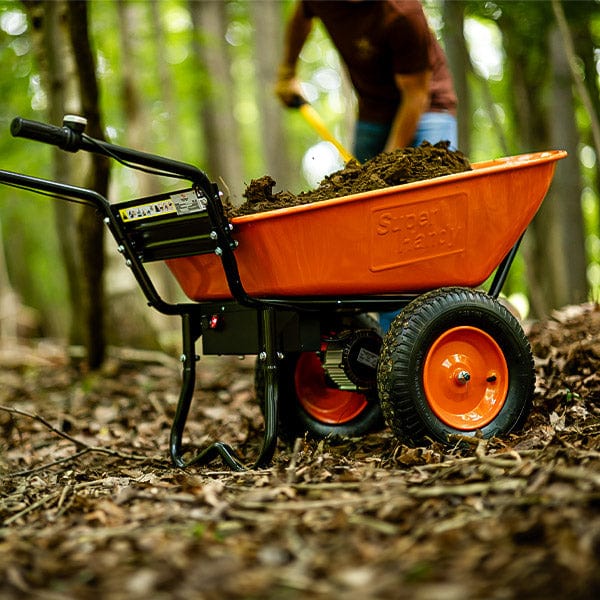


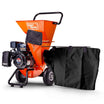
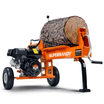

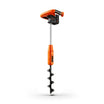
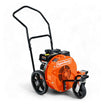



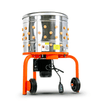


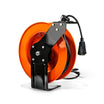

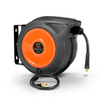








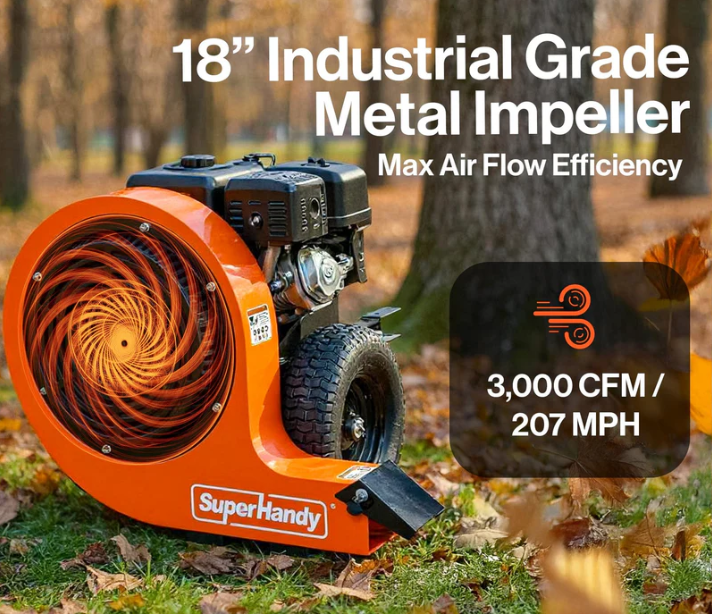

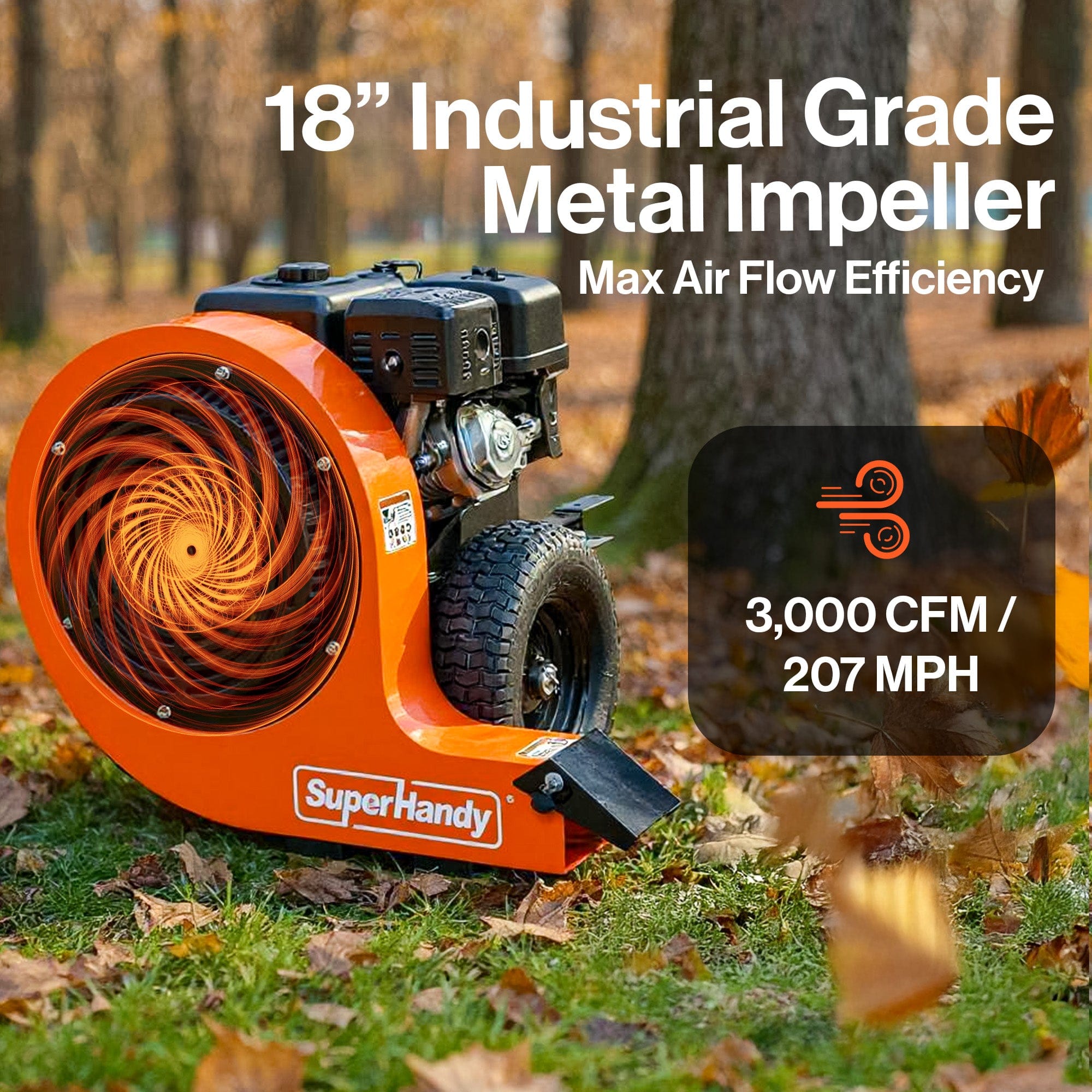
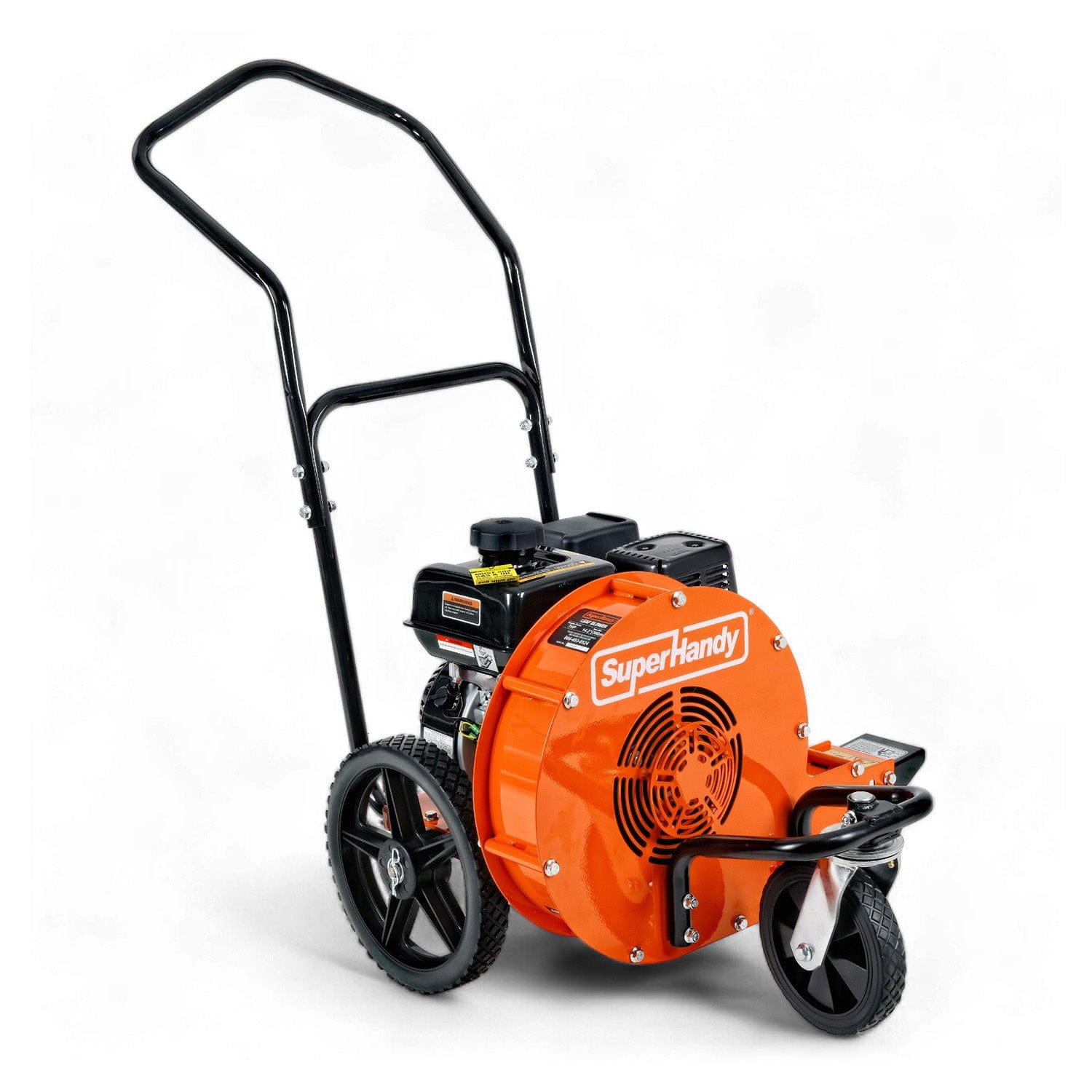


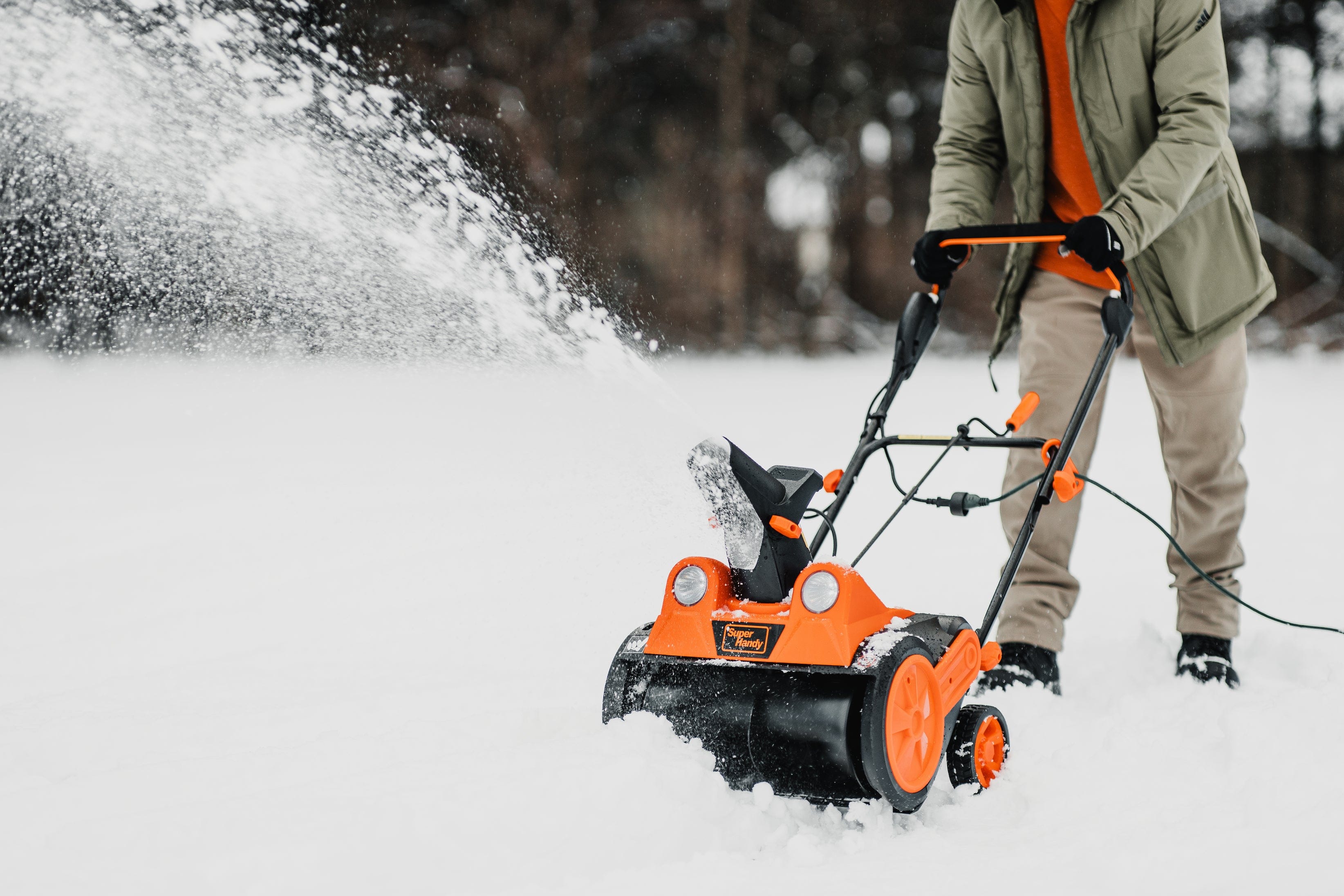
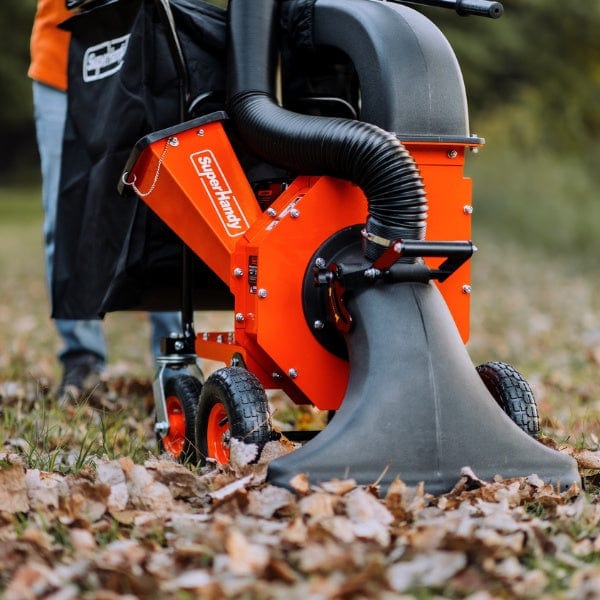
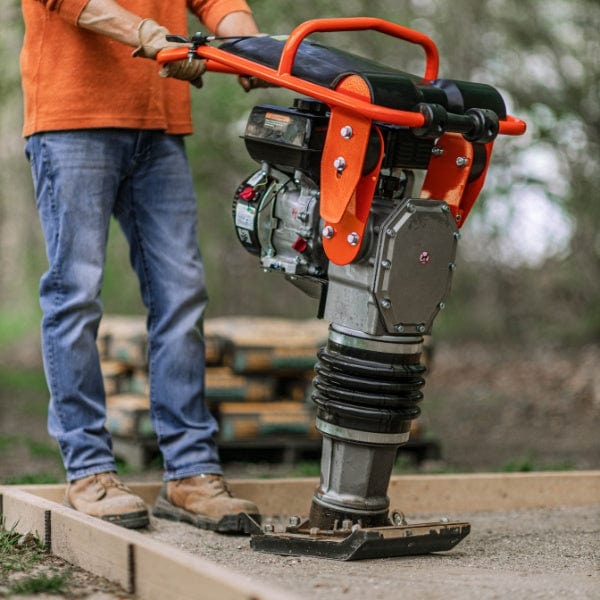


Leave a comment
All comments are moderated before being published.
This site is protected by hCaptcha and the hCaptcha Privacy Policy and Terms of Service apply.